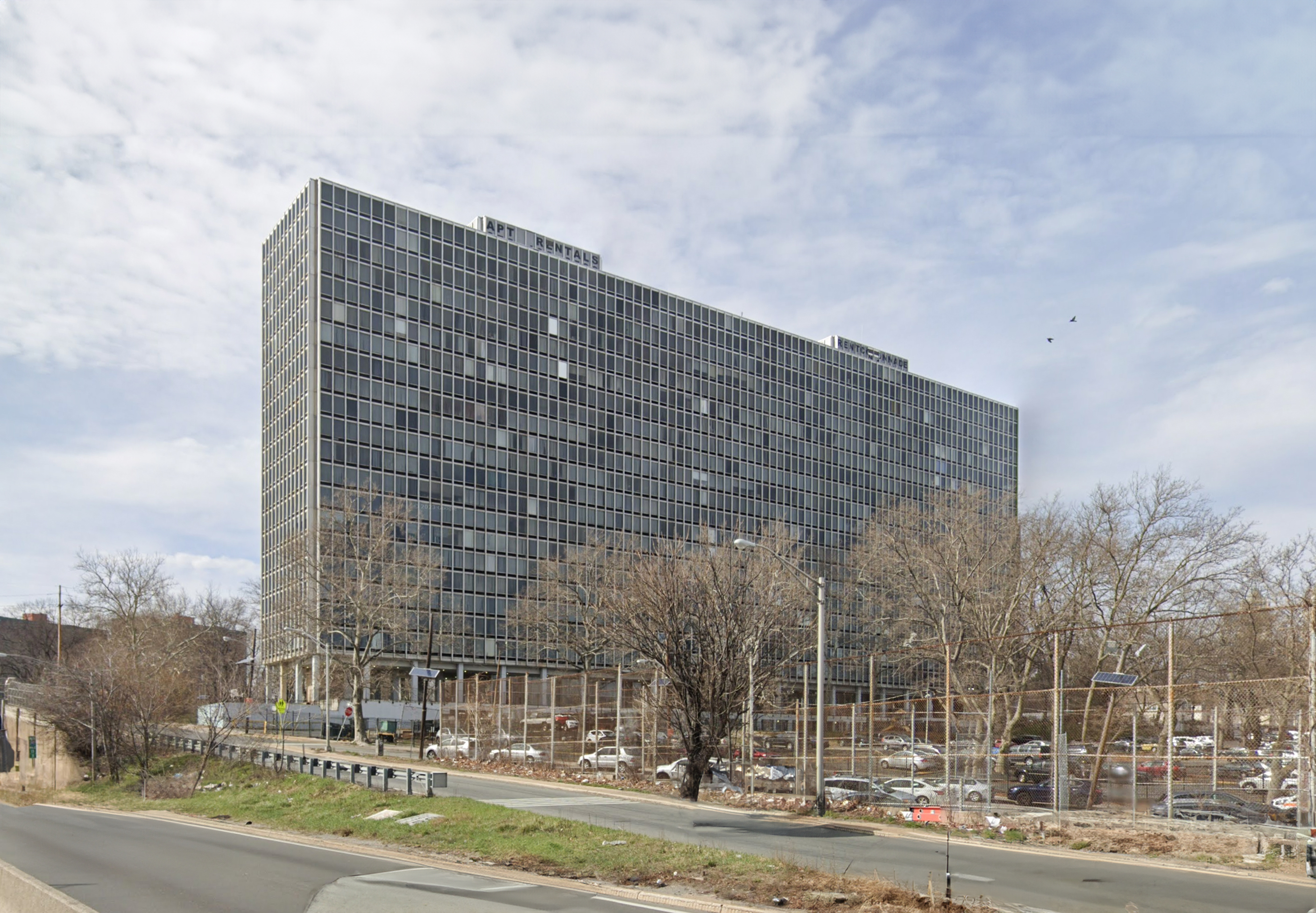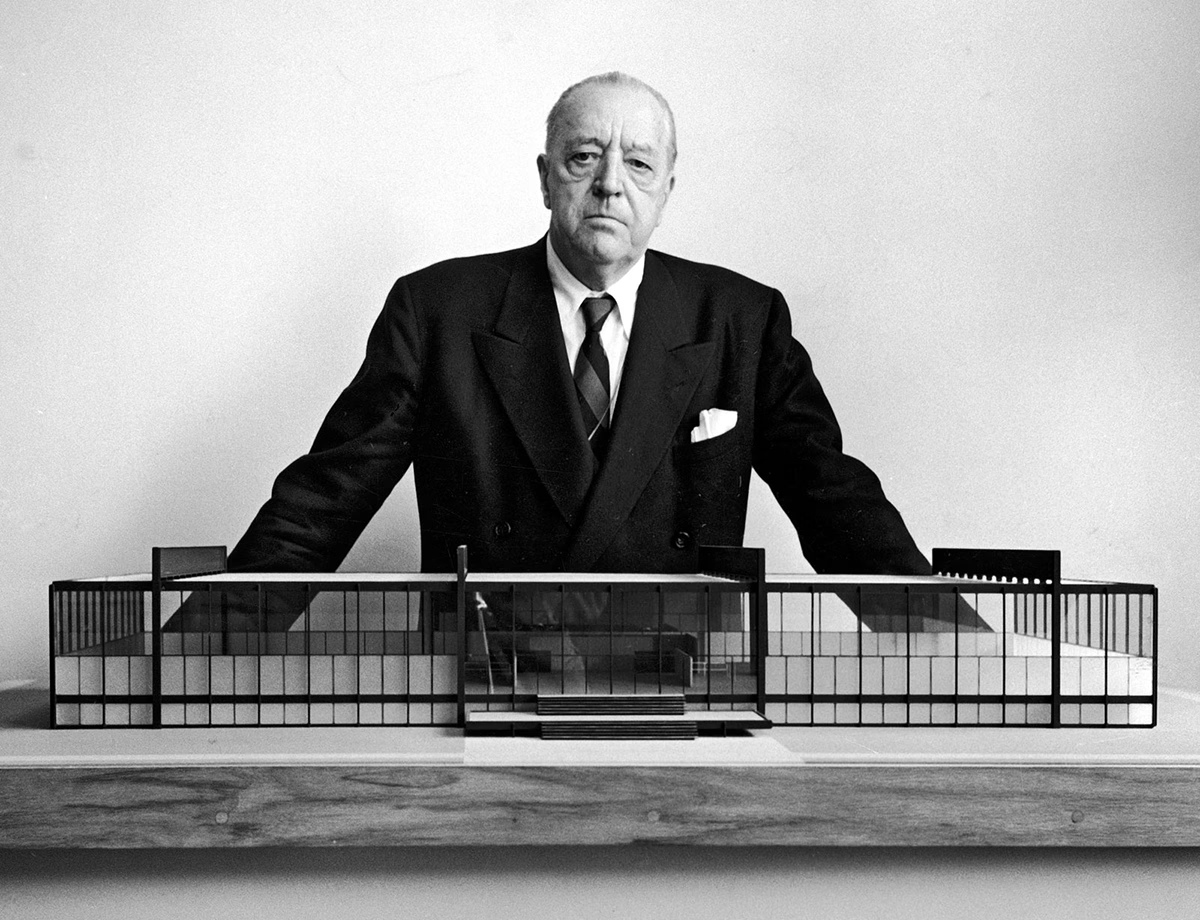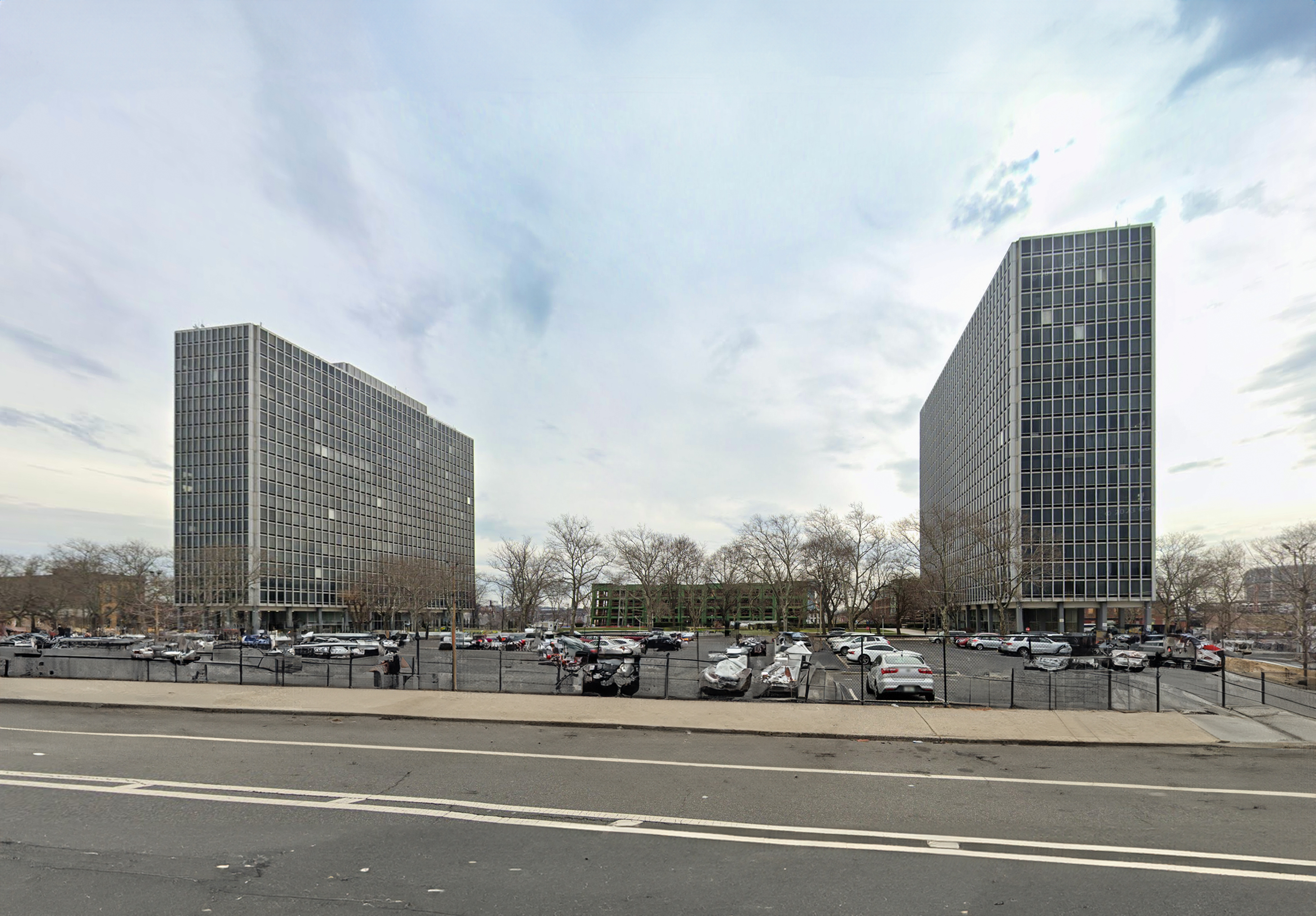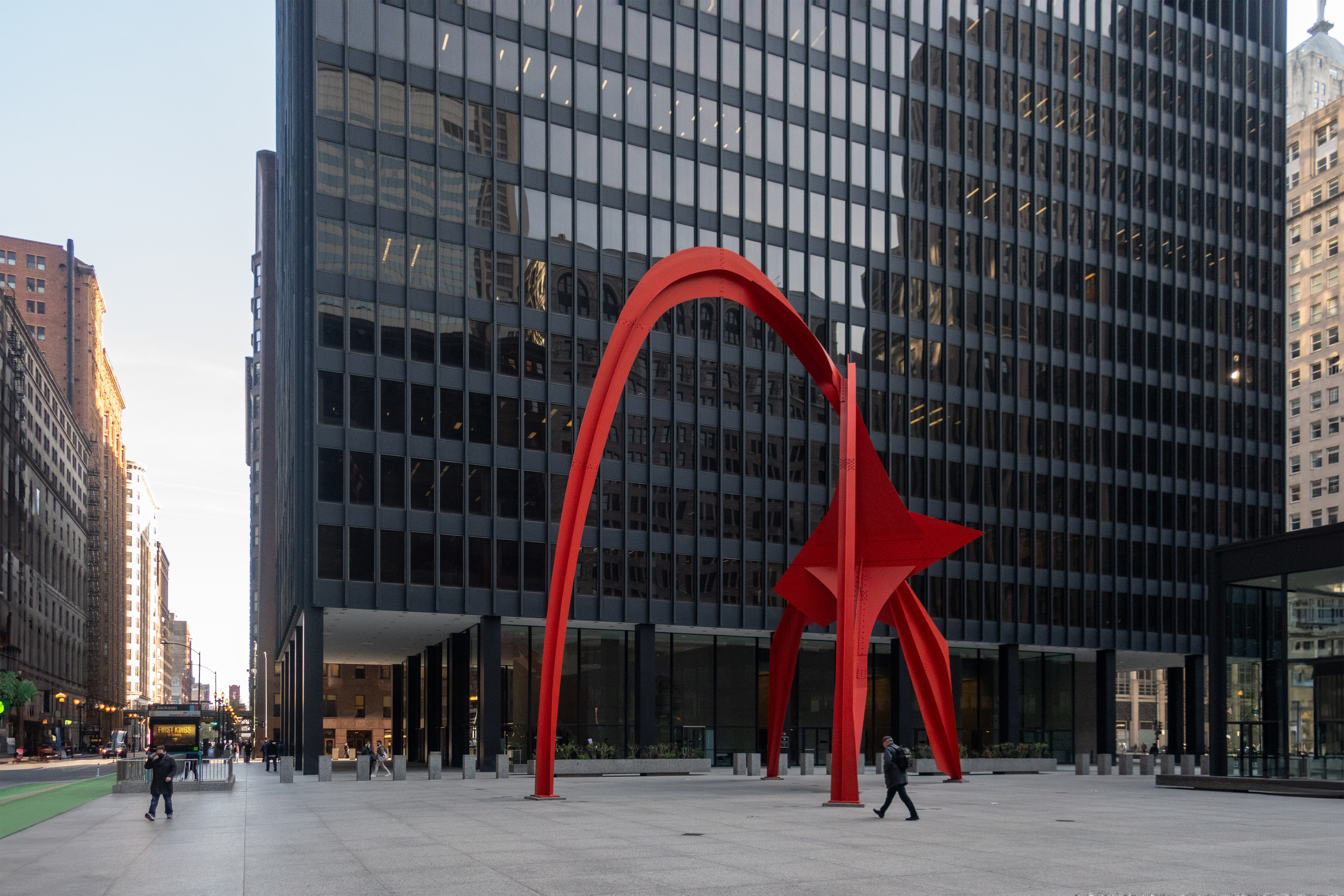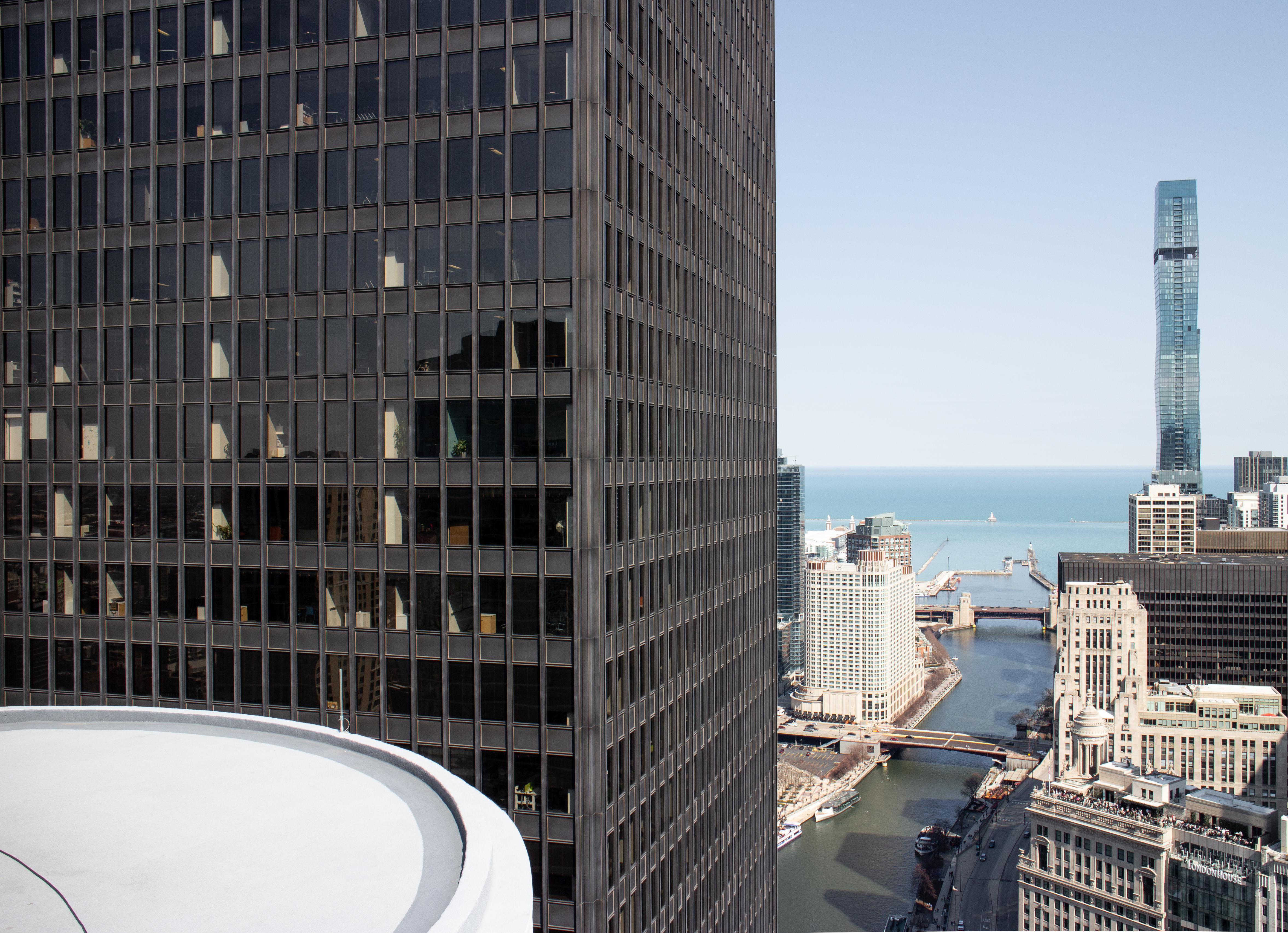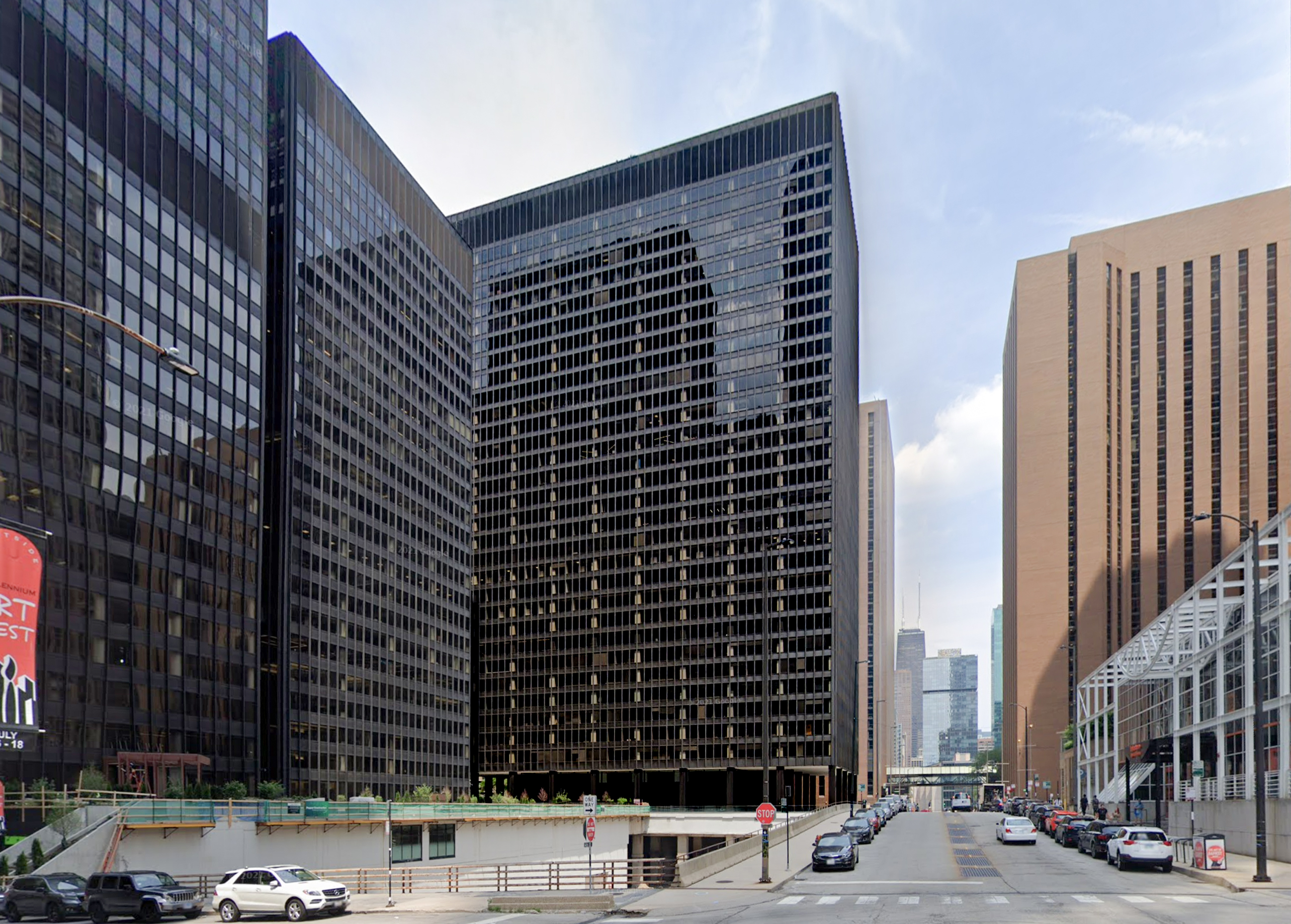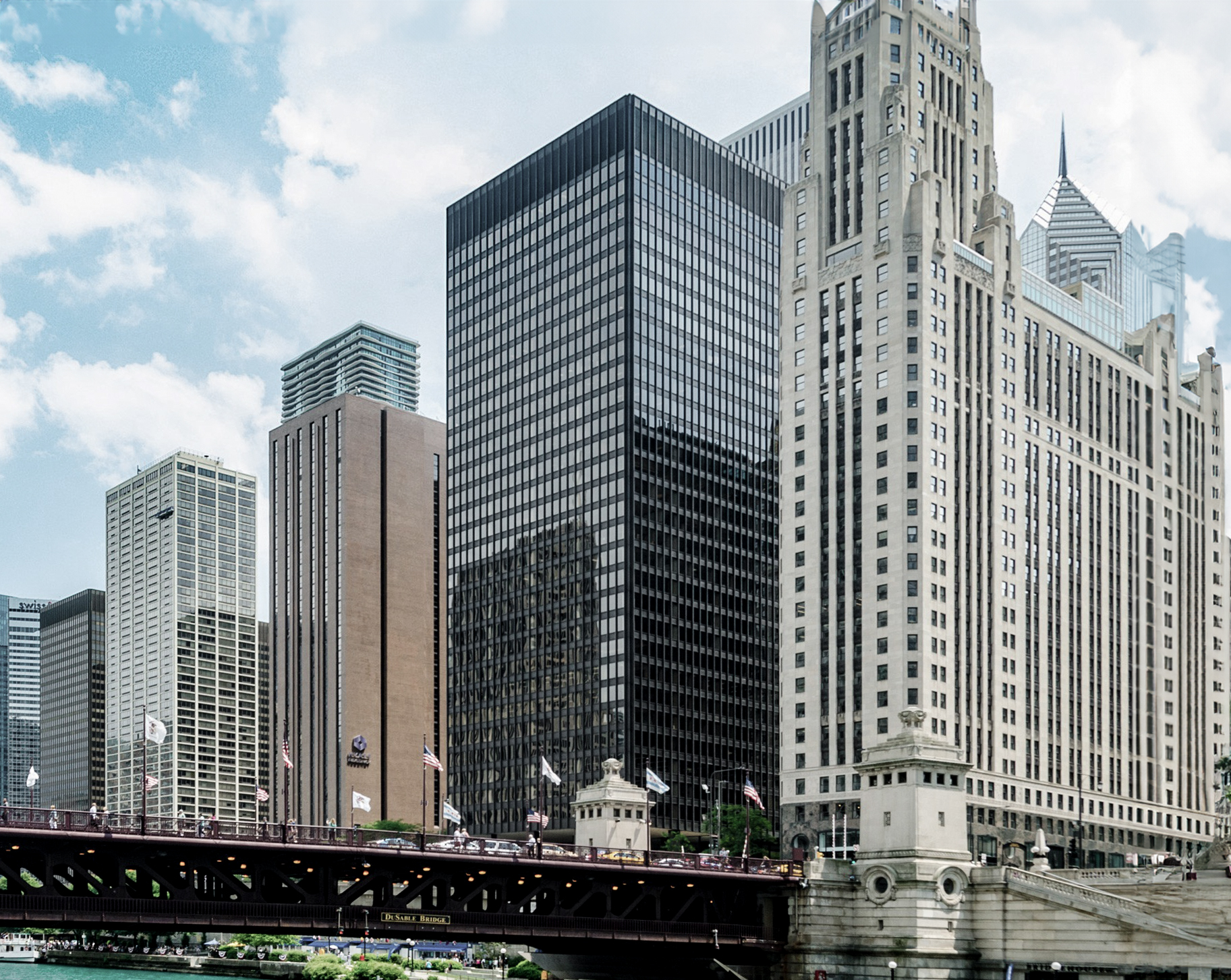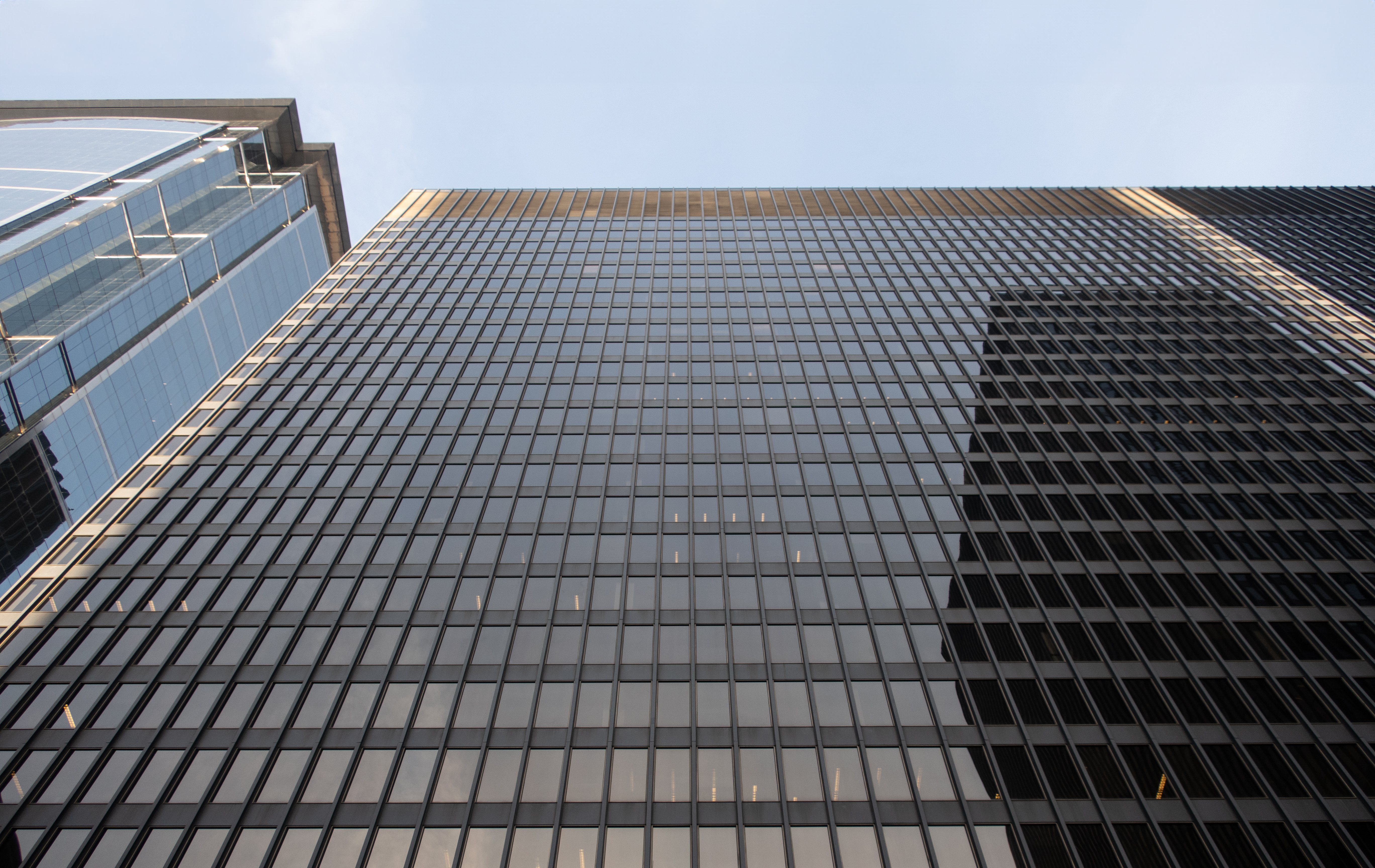The Colonnade Park Apartments is an International Style skyscraper designed by Mies van der Rohe, and built between 1958 and 1960 in Newark, NJ.
Its precise street address is 108-136 Martin Luther King Junior Blvd, Newark, NJ. You can also find it on the map here.
The Colonnade Park Apartments, together with The Pavilion Buildings, were conceived by Mies as "a city within a city" and played a significant role in the development and urban planning of Newark during the 20th century. Architecturally, they are noteworthy as an example of modularity, the use of modern materials, and the simplification of on-site assembly — a concept developed by Mies in the Seagram Building.
